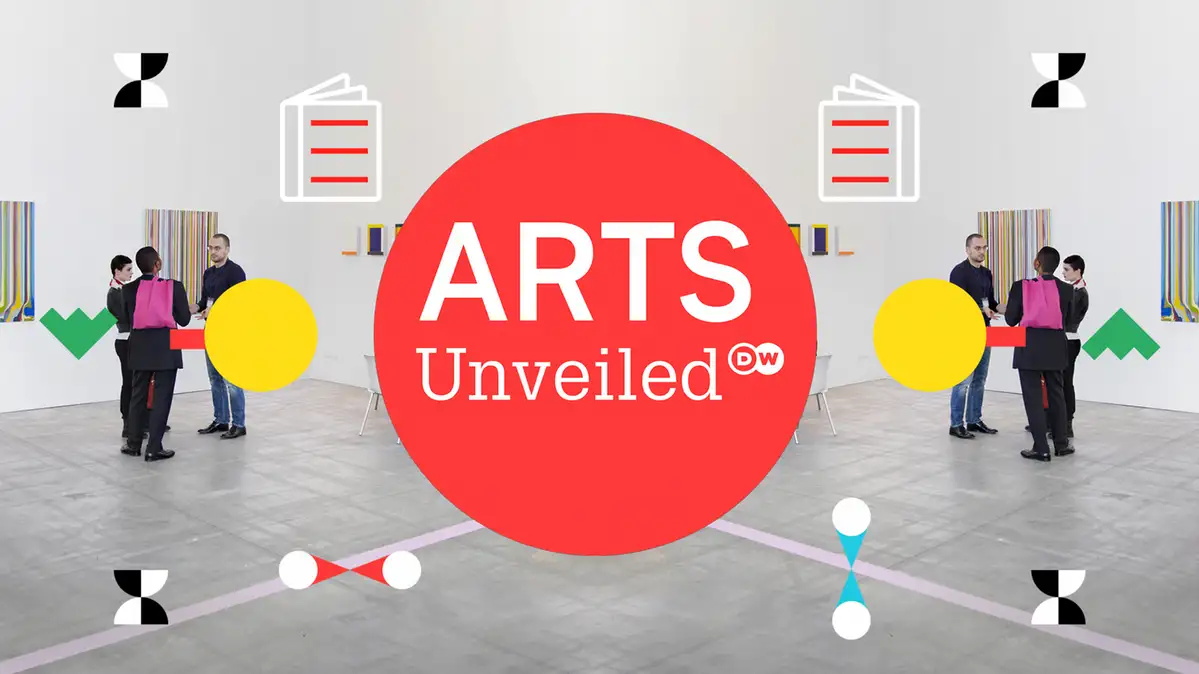We are in Accra, Ghana’s capital. The slave ships heading westward once cast off from Ghana’s coasts. But Ghana was also the first former colony in Sub-Saharan Africa to declare its independence. This spirit of freedom is still palpable today. Curator and author Nana Oforiatta Ayim, who has curated the Ghanan pavilion at the Venice Biennale twice, guides us through a vibrant art hub where modernity and tradition meet. "In our art, we are still grappling with the dark legacy of imperialism, slavery, colonialism and the formation of nations. And with how we want to shape our future,” explains curator Nana Oforietta Ayim.
We visit multimedia artist Kwasi Darko, who has examined the history of trotros, the privately owned minibuses typical of the country that serve as means of transport throughout Ghana.
And we meet Nana Opoku, a.k.a. Afroscope. His roots trace back to a broad range of African world views, and he shows surrealistic tendencies with fundamental Afro-futuristic topics. He even brought his robotic, drawing arm to the Venice Biennale.
Joseph Tetteh-Ashong, better known as Paa Joe, designs imaginative, custom coffins according to whatever wishes his clients may have. They may take the form of reptiles, swans or even Coca-Cola bottles. In his work, he’s keeping a special Ghanan tradition alive.
Performance artist Elisabeth Efua G. Sutherland’s artistic pursuits showcase the textile tradition of printed Kente cotton fabrics from Ghana — while painter Kofi Awuya creates political images.
Are you curious to find out more about Ghana’s artists, the traditions and identities of African societies coping with the dark legacy of colonialism and the deep-running social and political shift on the continent? Then check out episode four of our series to discover more.
